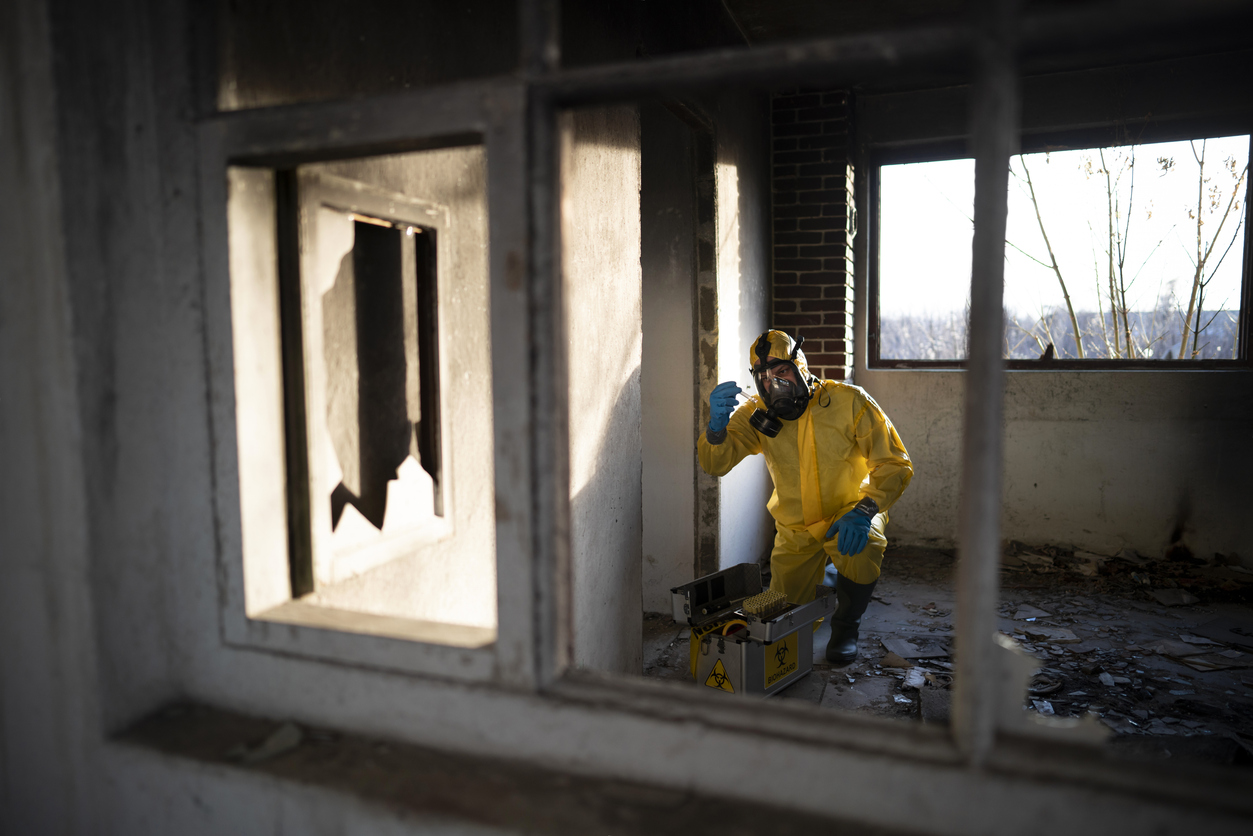Homeowner property insurance policies usually cover the dwelling located at the “residence premises,” which is typically defined as the one, two, three, or four-family dwelling used principally as a private residence and where the insured resides. What happens if the insured is not residing in the dwelling at the time of a fire loss? Is the fire loss covered? The answer may depend on whether the jurisdiction has enacted a standard form of fire insurance.
The 1943 New York Standard Fire Policy (“the Standard Fire Policy”),1 or a statutory version differing from it only slightly, is used in many states, including Iowa.2 Under the Iowa statutory scheme, the standard form of fire insurance guarantees a minimum level of coverage that supersedes any attempt to limit or to restrict coverage to less than the statutory minimum. Stated differently, fire insurance policies may not provide coverage less than that set forth in the standard form. Hence, to the extent an insurance policy provision omits or detracts from the minimum protections afforded by the standard form, the provisions of the standard form control and the non-compliant policy is enforceable as if it conformed to the requirements or the prohibitions of the standard form.3
Nowhere does the Standard Fire Policy limit, restrict, or exclude coverage for a fire if the insured was not occupying and using the insured premises as his or her residence at the time of a fire. Likewise, there is no provision in the Standard Fire Policy which requires the insured to have been occupying and using the insured premises as his or her residence at the time of a fire as a condition of fire coverage. The Standard Fire Policy sets forth a limited number of provisions which condition, suspend, limit, restrict, or exclude fire coverage. They include a “vacancy” provision4 and an “increased hazard” provision.5
In Henrich v. Auto-Owners Insurance Company,6 a federal district court in Iowa recently addressed whether an insurer’s residence restriction violated the Iowa statutorily-mandated standard form of fire insurance (“the Iowa standard form”). There, Auto-Owners’ policy required the named insured to reside at the insured dwelling. Instead, the named insured’s son, who did not qualify as an insured, resided at the insured dwelling with his girlfriend. The named insured’s son set the dwelling on fire after an argument with his girlfriend. Auto-Owners paid the mortgagee’s claim, but denied the named insured’s claim because of the residence restriction.
The named insured subsequently sued, contending that the residence restriction violated the Iowa standard form. The district court agreed, in the process rejecting Auto-Owners’ arguments that the residence restriction was the “substantial equivalent”7 of the vacancy and increased hazard provisions in the Iowa standard form, which provisions were virtually identical to the Standard Fire Policy’s vacancy and increased hazard provisions. The district court reasoned these provisions did not limit coverage to the extent that the residence restriction did. The district court explained as follows.
First, the vacancy provision did not apply because the son lived in the insured premises at the time of the fire. Second, even if the vacancy provision applied, there was no substantial equivalence between the vacancy provision in the Iowa standard form and the residence restriction in the Auto-Owners policy; the vacancy provision precluded coverage only if the insured dwelling remained vacant for over sixty days, whereas the residence restriction could preclude coverage even when the property was not vacant or if it was vacant for less than sixty days. Finally, Auto-Owners failed to provide sufficient evidence indicating how a close family member occupying the insured dwelling increased the hazard or the risk of a fire loss. Because it limited coverage more so than the Iowa standard form, including its exclusion provisions, the residence restriction in the Auto-Owners policy impermissibly broadened the standard form’s exclusions and provided less coverage than the minimum required by statute. Coverage was therefore afforded for the fire loss.8
__________________________
1 The Standard Fire Policy, a form consisting of 165 lines, has served as the foundation for most property insurance policies covering the peril of fire since its inception in 1943.
2 Iowa Code §515.109.
3 Postell v. Am. Family Mut. Ins. Co., 823 N.W.2d 35 (Iowa 2012).
4 Lines 33-35 of the Standard Fire Policy exclude coverage for loss occurring “[w]hile a described building, whether intended for occupancy by owner or tenant, is vacant or unoccupied beyond a period of sixty consecutive days.”
5 Lines 31-32 of the Standard Fire Policy exclude coverage for loss occurring “[w]hile the hazard is increased by any means within the control or knowledge of the insured.”
6 Henrich v. Auto-Owners Ins. Co., 4:15-cv-00475, 2017 WL 1134405 (S.D. Iowa March 24, 2017).
7 Iowa Code §515.109(5) allows insurers to issue a policy which contains coverage against the peril of fire and substantial coverage against other perils “if such policy includes provisions with respect to the peril of fire which are the substantial equivalent of the minimum provisions of such standard fire policy.”).
8 Courts in Illinois, Louisiana, and West Virginia—states which also have adopted by statute a standard form of fire insurance—have reached the same conclusion as the district court in Henrich: that a residence restriction is unenforceable because it is not the substantial equivalent of and/or is less favorable than the minimum provisions of the standard fire form. See FBS Mortg. Corp. v. State Farm Fire and Cas. Co., 833 F.Supp. 688 (N.D. Ill. 1993); Dixon v. First Premium Ins. Group, 934 So.2d 134 (La. App. 2006); Shank v. Safeco Ins. Co. of Am., 2016 WL 453028 (S.D. W. Va. August 30, 2016).



